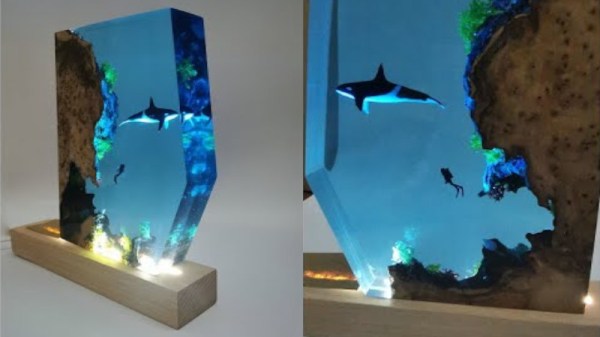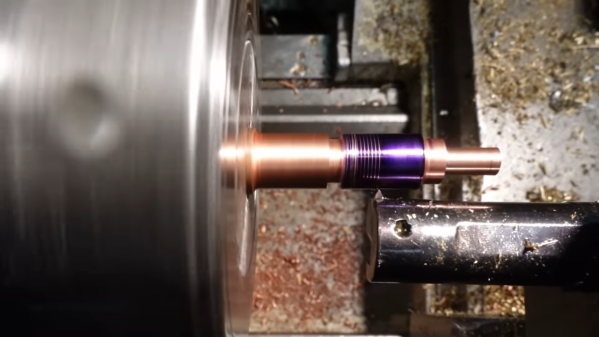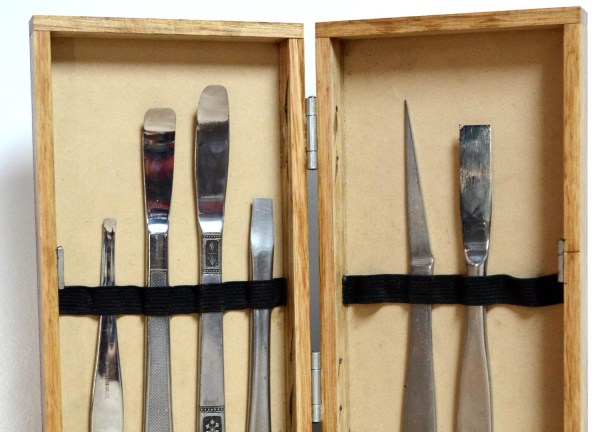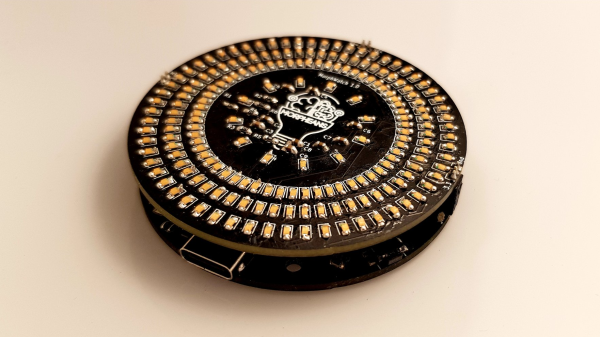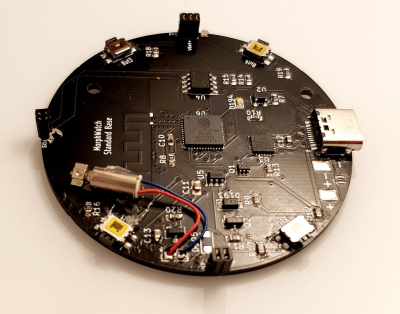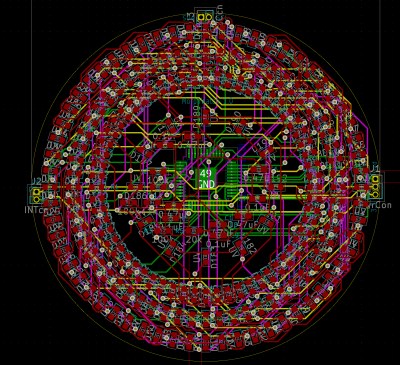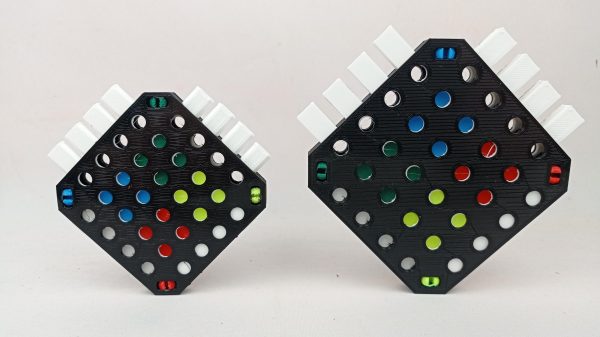We’ve all seen those “river” tables where a lovely old piece of tree is filled with some blue resin to create a water-like aesthetic. This project from [smartyleowl] takes that basic idea, but pushes it further, and the result is a beautiful build that is as much a diorama as it is a simple lamp.
First up, an appropriate rough piece of unprepared wood is chosen to create a cliff for the underwater scene. Speckles of UV-reactive blue powder are scattered on to the wood and some little plastic coral and marine plants are stuck down as well. A mold is then constructed around the wood using acrylic. Small whale and diver figurines are dangled in place, and blue resin poured in to complete the underwater scene. Once the resin has hardened, it’s polished to a clear sheen and its edges are nicely beveled. It’s then placed on a illuminated base which lights the scene from below, giving it a somewhat ethereal underwater quality.
It’s not a complicated project by any means, but it’s a great example of the beautiful things one can create with the creative application of colored resin. Producing a lamp that looks this good obviously takes some skill, of course – getting a bubble-free resin pour and a nice shiny finish on the wood isn’t easy. However, there’s no reason you can’t start learning today! Video after the break.
Continue reading “Epoxy Resin Night Light Is An Amazing Ocean-Themed Build”

